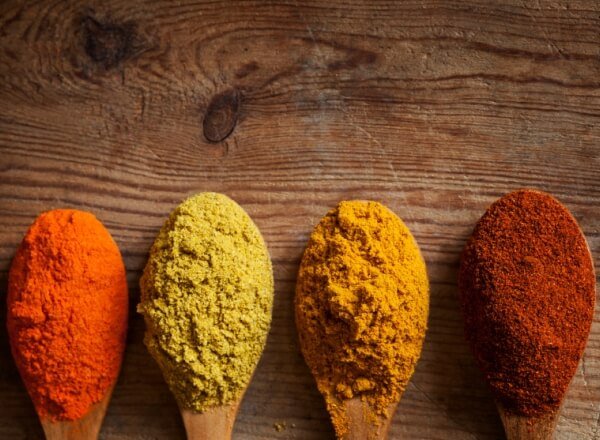Diabetes and Living with Cultural Differences

Diabetes impacts all age and ethnic groups, but affects some more than others. Ethnicities at a higher risk for type 2 diabetes, for example, include African Americans, Hispanic/Latino Americans, American Indians, Asian Americans and Pacific Islander Americans. Gestational diabetes (diabetes that develops during pregnancy and ends once the pregnancy ends) also occurs more frequently among African Americans, Hispanic/Latino Americans and American Indians than in other groups. Nearly 5 million African Americans have diagnosed or undiagnosed diabetes; 18.7 percent of all non-Hispanic blacks ages 20 and older have diagnosed or undiagnosed diabetes.
By moving the diet back to a more simple traditional diet, minority populations can dramatically reduce their risk of diabetes and cardiovascular disease.
Diabetes researchers believe the hereditary link within certain ethnicities may be due to certain genes that affect immune response and play a role in the development of type 1 diabetes. Genes affecting insulin function may contribute to the development of type 2 diabetes. “Some ethnicities may have developed a ‘thrifty gene,’” says Dan Nadeau, MD, Program Director of the Mary & Dick Allen Diabetes Center, Dr. Kris V. Iyer Endowed Chair in Diabetes Care and Endocrinologist at Hoag Medical Group. This gene is believed to have helped the body store food energy better during bountiful times and also helped people survive during times of scarcity. Now that “feast or famine” situations rarely occur for most people in the U.S., this same gene may put these groups at a higher risk for type 2 diabetes.
Maintaining cultural food traditions can help you in eating a healthy diet, says Dr. Nadeau. “The key lies in sticking with your original, native foods. Simple beans, corn and vegetables and a traditional Mexican diet are far healthier than the fast food versions.” In addition, Chinese and Indian foods are predominantly plant-based, which help protect from developing type 2 diabetes. Legumes, an important ingredient many traditional diets, provide a major protein source, says Dr. Nadeau.
“Beans and legumes are great for people with diabetes as they’re low on the glycemic index (a measure of how a carbohydrate affects blood sugar).” Other healthy grains found in many traditional diets include millet, barley and brown rice.
Helpful tips:
Avoid ethnic foods high in sugar or fat, such as ghee, clarified butter, popular in India, which contains saturated fat
Make time for exercise 30 minutes a day, five days a week
Eat slowly. It takes 20 minutes for your stomach to tell your brain you are full
Turn to traditional foods, not Americanized or fast-food versions of ethnic dishes for healthier choices. Look for plant-based and whole grain foods over refined and processed foods
To reach every individual with diabetes and pre-diabetes, the Mary & Dick Allen Diabetes Center at Hoag offers free diabetes education through its Sweet Life program. Current classes focus on weight, healthy cooking and nutrition management for those with diabetes and interested in diabetes. The classes are free and open to anyone.
